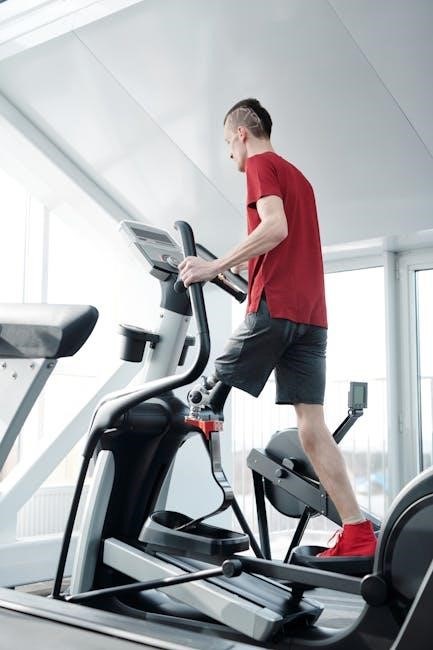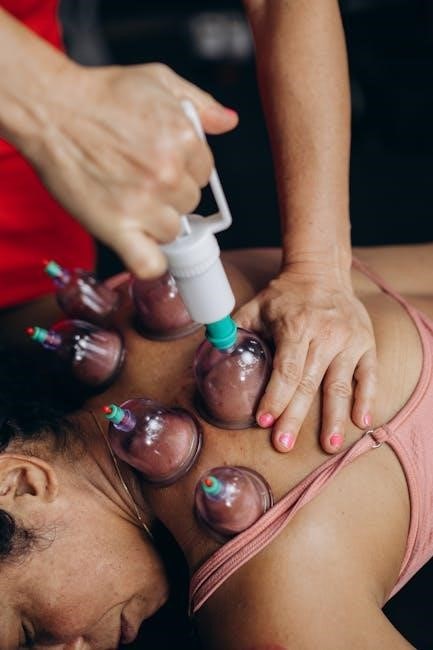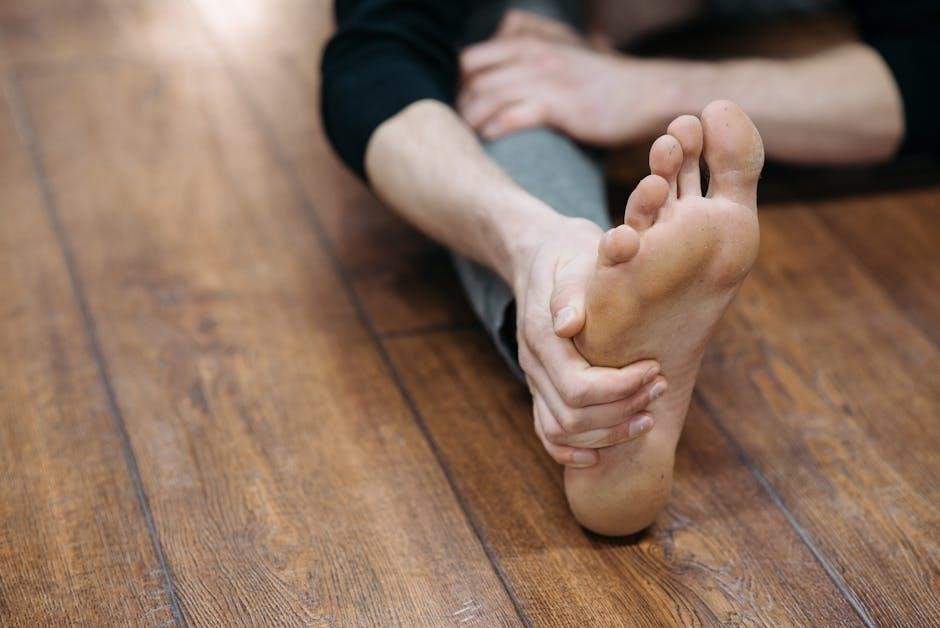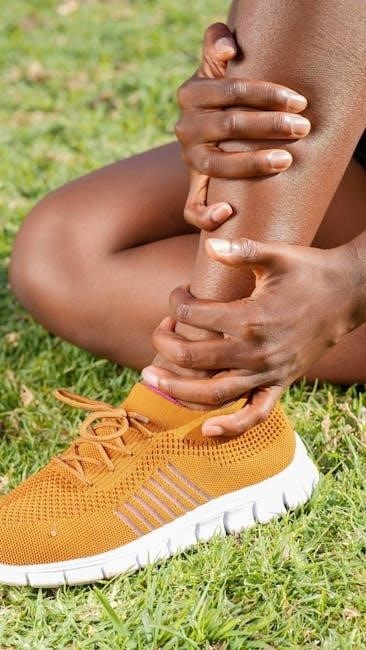Pulmonary rehabilitation exercises are complex interventions aimed at reducing functional decline,
improving
overall health through physical activity and education, with structured programmes and tools.
Definition and Purpose of Pulmonary Rehabilitation
Pulmonary rehabilitation is a comprehensive intervention that combines physical exercise, education, and support to help patients with chronic lung diseases manage their condition and improve their quality of life. The primary purpose of pulmonary rehabilitation is to reduce symptoms, improve physical function, and enhance overall health and wellbeing. This is achieved through a structured programme of exercise training, education, and behavioural modification, which is tailored to the individual needs and goals of each patient. By providing patients with the knowledge, skills, and support they need to manage their condition, pulmonary rehabilitation enables them to take control of their health and make positive lifestyle changes. This approach has been shown to be highly effective in improving health outcomes and reducing healthcare costs, making it a valuable component of chronic lung disease management. Pulmonary rehabilitation programmes are typically led by a multidisciplinary team of healthcare professionals.
Benefits of Pulmonary Rehabilitation Exercises
The benefits of pulmonary rehabilitation exercises are numerous and well-documented, with patients experiencing significant improvements in their physical function, symptoms, and overall quality of life. Exercise training has been shown to improve muscle strength and endurance, reducing fatigue and shortness of breath. Additionally, pulmonary rehabilitation exercises have been found to enhance cardiovascular health, reducing the risk of heart disease and other comorbidities. Patients who participate in pulmonary rehabilitation programmes also tend to have better mental health outcomes, with reduced symptoms of anxiety and depression. Furthermore, exercise has been shown to improve sleep quality, cognitive function, and overall wellbeing, making it a valuable component of chronic lung disease management. By incorporating exercise into their daily routine, patients can improve their health outcomes and reduce their risk of hospitalisation and other complications. Regular exercise can also improve mobility and independence.

Components of Pulmonary Rehabilitation Exercises
Endurance, strength, and flexibility training are essential
components
of pulmonary rehabilitation exercises programmes, including physical activity and education, for overall health improvement always.
Types of Exercises Involved
Pulmonary rehabilitation exercises involve various types of physical activities, including aerobic exercises, such as walking, cycling, and swimming, which help improve cardiovascular health and increase lung function.
These exercises are designed to improve overall health and reduce symptoms of lung disease, and are typically tailored to the individual’s needs and abilities.
Exercise programmes may also include strength training exercises, such as weightlifting, to improve muscle strength and endurance, as well as flexibility exercises, such as stretching, to improve range of motion and reduce stiffness.
Additionally, pulmonary rehabilitation exercises may include breathing exercises, such as diaphragmatic breathing, to help improve lung function and reduce shortness of breath.
Overall, the types of exercises involved in pulmonary rehabilitation are designed to be safe, effective, and enjoyable, and to help individuals with lung disease manage their symptoms and improve their overall health and well-being, and quality of life always.
Importance of Physical Activity
Physical activity is a crucial component of pulmonary rehabilitation, as it helps to improve lung function, increase strength and endurance, and enhance overall health.
Regular physical activity can also help to reduce symptoms of lung disease, such as shortness of breath and fatigue, and improve quality of life.
Exercise has been shown to improve cardiovascular health, reduce inflammation, and enhance immune function, all of which are important for individuals with lung disease.
Furthermore, physical activity can help to reduce the risk of complications and hospitalizations, and improve overall mortality rates.
By incorporating physical activity into their daily routine, individuals with lung disease can take an active role in managing their condition and improving their health, with the goal of achieving optimal physical function and well-being, and maintaining independence and mobility always.

Assessment and Monitoring of Pulmonary Rehabilitation Exercises
Assessment and monitoring involve evaluating patient progress using various tools and methods to track improvements and adjust programmes accordingly always online.
Use of the Borg Scale
The Borg scale is a valuable tool used in pulmonary rehabilitation to measure the intensity of exercise, helping patients gauge their physical exertion and breathlessness levels.
This scale is commonly used to rate the effort someone puts into completing their exercise, with the goal of finding a comfortable and sustainable level of physical activity.
The Borg scale will have been explained during the assessment, allowing patients to understand how to use it effectively and make adjustments to their exercise routine as needed.
By utilizing the Borg scale, patients can optimize their exercise experience and achieve the best possible outcomes from their pulmonary rehabilitation programme, leading to improved overall health and well-being.
The use of this scale is an essential component of pulmonary rehabilitation, enabling patients to take an active role in managing their condition and making informed decisions about their exercise routine;
Exercise Programme Design
Exercise programme design is a critical aspect of pulmonary rehabilitation, requiring careful consideration of individual patient needs and goals.
The design of the programme involves creating a tailored plan that incorporates endurance, strength, and flexibility training, as well as education on managing lung conditions.
This plan is typically developed over an 8-week period, with regular assessments and adjustments made to ensure the patient is progressing at a comfortable and sustainable pace.
The programme design takes into account the patient’s medical history, current health status, and any physical limitations or constraints, ensuring a safe and effective exercise experience.
By designing a personalized exercise programme, patients can maximize the benefits of pulmonary rehabilitation and achieve significant improvements in their overall health and well-being, enabling them to manage their condition more effectively.
The programme design is a collaborative effort between healthcare professionals and patients, working together to achieve optimal outcomes.

Implementation and Maintenance of Pulmonary Rehabilitation Exercises
Effective implementation and maintenance of exercises require ongoing support and guidance from healthcare professionals and family members always.
Home-Based Exercise Programmes
Home-based exercise programmes are designed to help individuals with lung conditions exercise at home, with the goal of improving overall health and reducing breathlessness. These programmes typically include a combination of endurance, strength, and flexibility training, as well as education on how to manage lung conditions. The programmes are often tailored to the individual’s specific needs and abilities, and may include the use of exercise equipment such as treadmills or stationary bikes. Additionally, home-based programmes may also include guidance on how to incorporate physical activity into daily life, such as taking the stairs instead of the elevator or walking instead of driving. By exercising at home, individuals can improve their health and wellbeing in a comfortable and convenient setting, with the support of healthcare professionals and family members. Regular exercise can help to improve lung function and overall quality of life.
Long-Term Benefits and Maintenance

Long-term benefits of pulmonary rehabilitation exercises include improved lung function, increased physical activity, and enhanced overall health. Maintenance of these benefits is crucial, and can be achieved through ongoing exercise and physical activity. Regular follow-up appointments with healthcare professionals can help individuals stay on track and make adjustments to their exercise routine as needed. Additionally, support from family and friends can play a significant role in maintaining motivation and adherence to exercise programmes. By incorporating physical activity into daily life, individuals can experience long-term benefits and improved quality of life. Furthermore, maintenance of pulmonary rehabilitation exercises can also reduce the risk of hospitalization and improve overall wellbeing, making it an essential component of lung disease management. Ongoing exercise and physical activity can help individuals maintain their health and wellbeing over time. Regular exercise can help to improve lung function and overall quality of life naturally.
